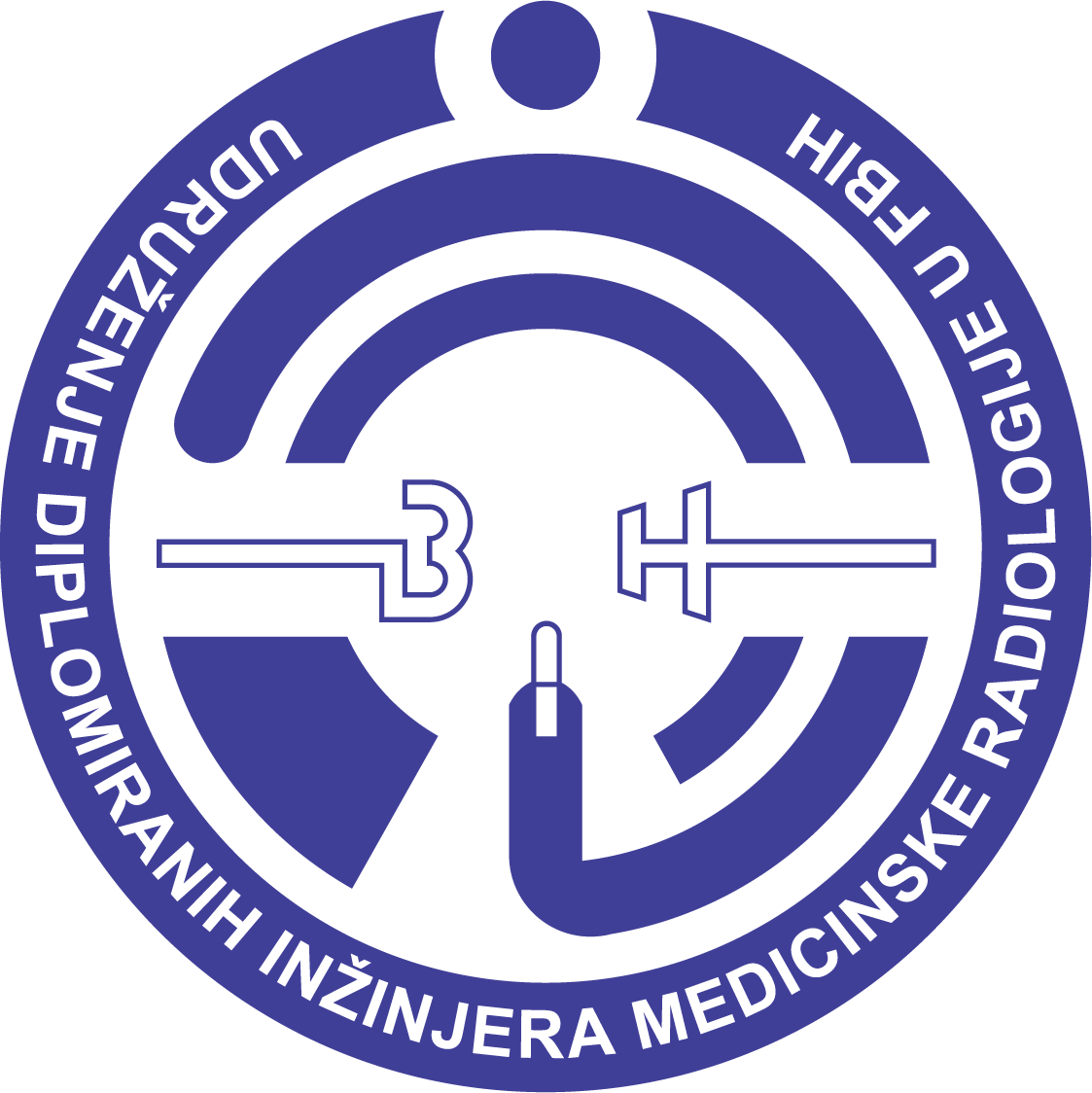Diagnosis of vascular lesions in the brain – comparing T_2 and FLAIR sequences
DOI:
https://doi.org/10.48026/issn.26373297.2024.1.15.2Keywords:
MRI, FAZEKAS scale, relaxation timeAbstract
ABSTRACT
Introduction: Vascular brain lesions refer to brain damage caused by problems with blood vessels and can include various disorders such as stroke, aneurysms, blood clots, and others. Because different brain tissues have different characteristic relaxation times, and the FLAIR sequence can also be used to deal with different tissue stresses. the sequence provides high intensity while the FLAIR sequence achieves complete saturation of cerebrospinal fluid. The objectives of this study are to compare the visualization of vascular lesions using and the FLAIR sequence and to determine which sequence provides a better depiction and additional information about vascular lesions.
Research Methods: The study was designed as a retrospective descriptive study, conducted at the Private Healthcare Institution 'Medical Center' in Travnik using an MRI machine: MRI Siemens Avanto A + Tim + Dot System, with a strength of 1.5 T. The study involved 50 patients diagnosed with vascular lesions.
Results: In the age group from 50 to 59 years, 7 patients with FAZEKAS 0 – 1 (46.66%), 4 patients with FAZEKAS 1 (26.66%), 3 patients with FAZEKAS 2 (20%) and one patient with FAZEKAS 3 (6.66%) were diagnosed. In the age group from 60 to 69 years, 6 patients with FAZEKAS 0 – 1 (28.57%), 6 patients with FAZEKAS 1 (28.57%), 6 patients with FAZEKAS 2 and 3 patients with FAZEKAS 3 (14.28%) were diagnosed. In the 70 to 79 age group, 2 patients were diagnosed with FAZEKAS 0 – 1 (14.28%), 5 patients were diagnosed with FAZEKAS 1 (35.71%), 5 patients were diagnosed with FAZEKAS 2 (35.71%) and 2 patients were diagnosed with FAZEKAS 3 (14.28%).
Discussion: Several studies have been conducted to evaluate the sensitivity of and FLAIR sequences in the diagnosis of vascular lesions in the brain. In the mentioned studies, it was found that the FLAIR sequence possesses superior capabilities in identifying and better displaying vascular lesions compared to healthy brain tissue. After measuring lesions in all 50 patients enrolled in the study, they were divided by size into three different groups:
- Lesions smaller than 10 millimeters;
- Lesions larger than 10 millimeters and smaller than 20 millimeters;
- Lesions larger than 20 millimeters.
After statistical processing of the examined sample within this study, it was found that the FLAIR sequence provides a better representation of vascular lesions in the brain compared to the sequence in all three different groups, and it is concluded that the differences are statistically significant in favor of the FLAIR sequence in all three observed lesion sizes.
The prognostic value of FLAIR vascular hyperintensity still needs to be investigated. Future studies will determine in which settings the presence of FLAIR vascular hyperintensity can be used as valuable information for the clinician. FLAIR vascular hyperintensities indicate a risk of persistent vascular stenosis or occlusion, associated with an increased risk of future stroke. They also help identify patients with favorable collateral blood flow, who could benefit from aggressive revascularization therapy.
Conclusion: Statistically, there was a difference in the better presentation of vascular lesions on the FLAIR sequence compared to the sequence. In some cases, a sequence may be sufficient but in most cases a FLAIR sequence is preferable. Although the noise level is higher on the FLAIR sequence compared to the standard sequence, the FLAIR sequence is more useful in detecting vascular lesions.

Downloads
Published
How to Cite
Issue
Section
License
Copyright (c) 2024 Administrator administrator

This work is licensed under a Creative Commons Attribution 4.0 International License.
Copyright & licensing:
This journal provides immediate open access to its content under the Creative Commons CC BY 4.0 license. Authors who publish with this journal retain all copyrights and agree to the terms of the above-mentioned CC license.



